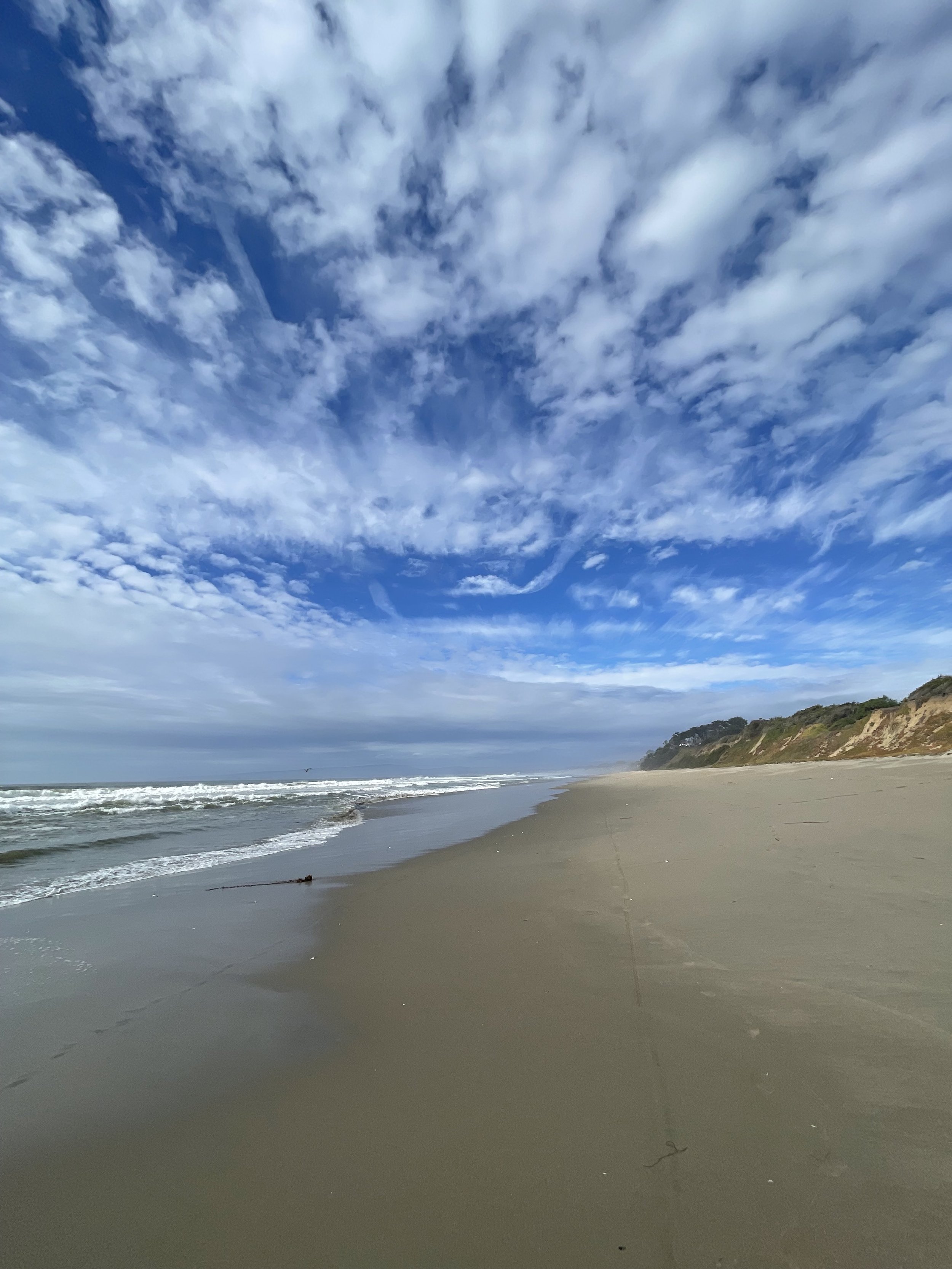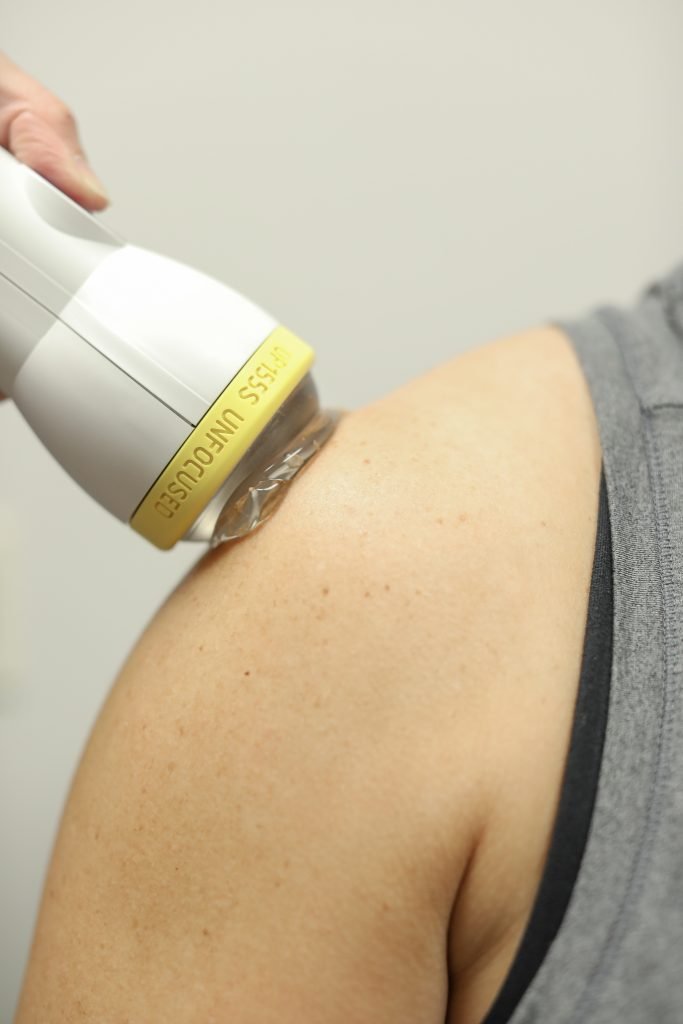
The Shoulder
Along with the knee, very few orthopedic functional joint problems are as disabling and frustrating as shoulder issues. Shoulder pain has many causes and nearly all those causes can be successfully treated with SoftWave - with new tissues built.
Shoulder pain has many causes:
Inflamed tendons (tendinitis) from injury or overuse
Calcifying tendinitis
Rotator cuff injury (often from throwing/pulling/lifting motions)
Overuse injuries result in over-recruitment of major muscles (e.g latissimus doris, pectoralis minor mm) at shoulder (infraspinatus, suprapinatus, deltoid, and the
ever-important and often neglected subscapularis mm) - this results in altered biomechanics of the complex shoulder joint, causing ligament and tendon inflammation, restricted motion, and pain.
‘However, high-energy ESWT has been found to be an effective means of improving overall shoulder function and pain scores.’
Suzuki, Kentaro MD, et al Calcific Tendinitis of the Rotator Cuff: Management Options Journal of the American Academy of Orthopaedic Surgeons 2014; 22(11):p 707-717 [read article]
The corrective treatment protocol for the shoulder:
Chiropractic adjustments to the mid-thoracic and cervical spine to release nerve irritation and attendant muscle guarding
ART (Active Release Technique) on the involved muscles
Isometric muscle engagement therapy
SoftWave Tissue Regeneration Therapy
This comprehensive mult-faceted approach will get the shoulder back to pain-free, functional action most efficiently
This protocol has been developed by Dr. Paul from his post-graduate training in extremity adjusting and 35+ years of clinical experience treating thousands of patients; plus dealing with his own shoulder injuries from years-and-years of beach volleyball, surfing and ironically, adjusting patients.
‘The ESWT results were goof to excellent in 87.9% of shoulders and fair in 12.1%, and the control results were fair in 69.2% and poor in 30.1%. Among ESWT patients, calcium deposits were completely eliminated in 21.2%, partially eliminated in 36.3%, and unchanged in 45.4%. In contrast, elimination was partial in 15.3% and unchanged in 84.7% of control group.’
Chin-jung Hsu MD, et al. Extracorporeal shock wave therapy for calcifiying tendinitis of the shoulder Journal of Shoulder and Elbow Surgery 2008 17(1): p 55-59 [read article]
SoftWave Treatment:
The in-office treatment is about 10 minutes
The results are long-lastings
The treatment area is determined through history, examination, and diagnosis
Ultrasound gel is used to conduct the SoftWave pulses
The quantity and intensity can vary depending on the indication
Treatment usually consists of four to six sessions over 4 weeks
No adverse effects



